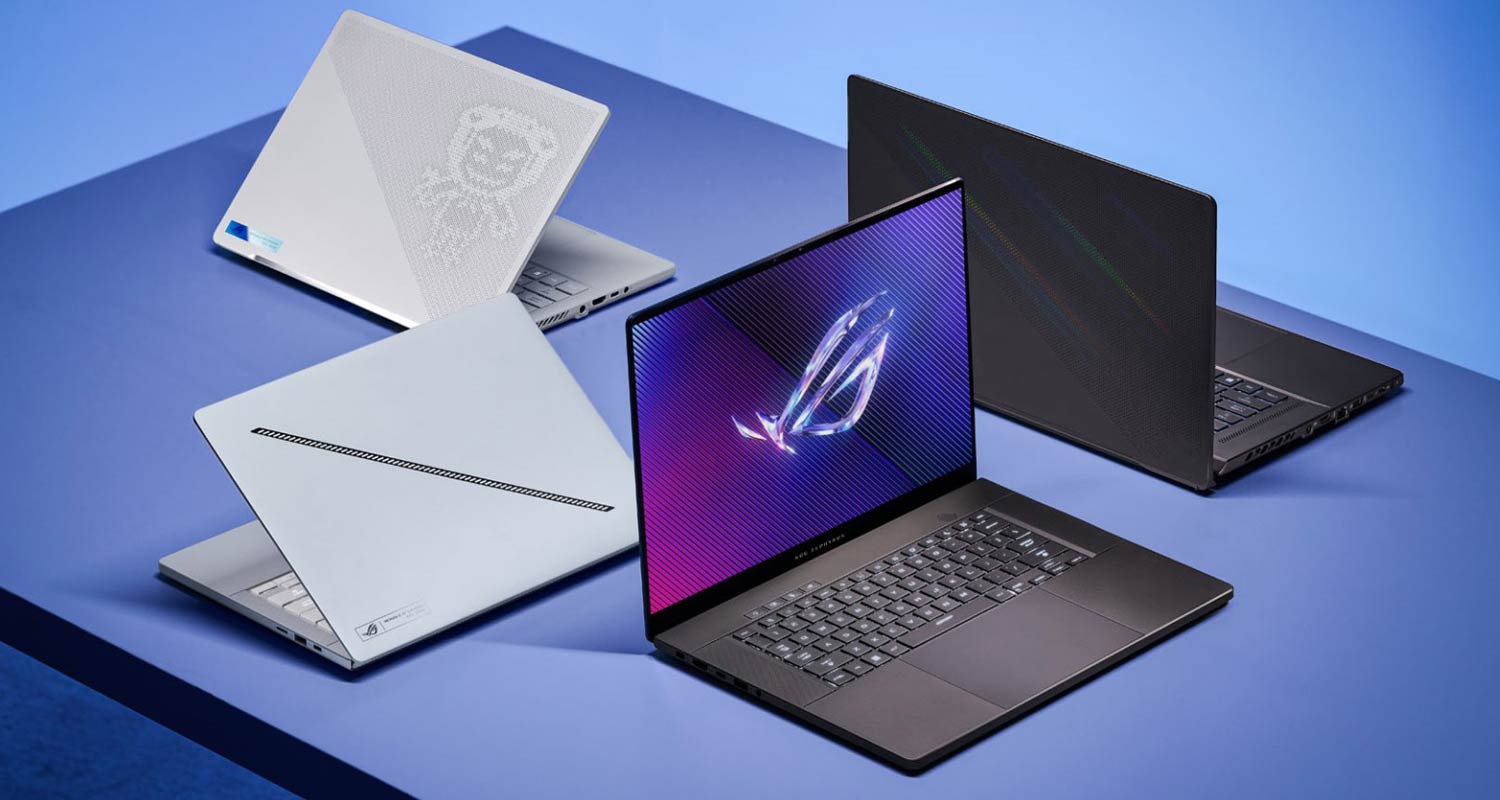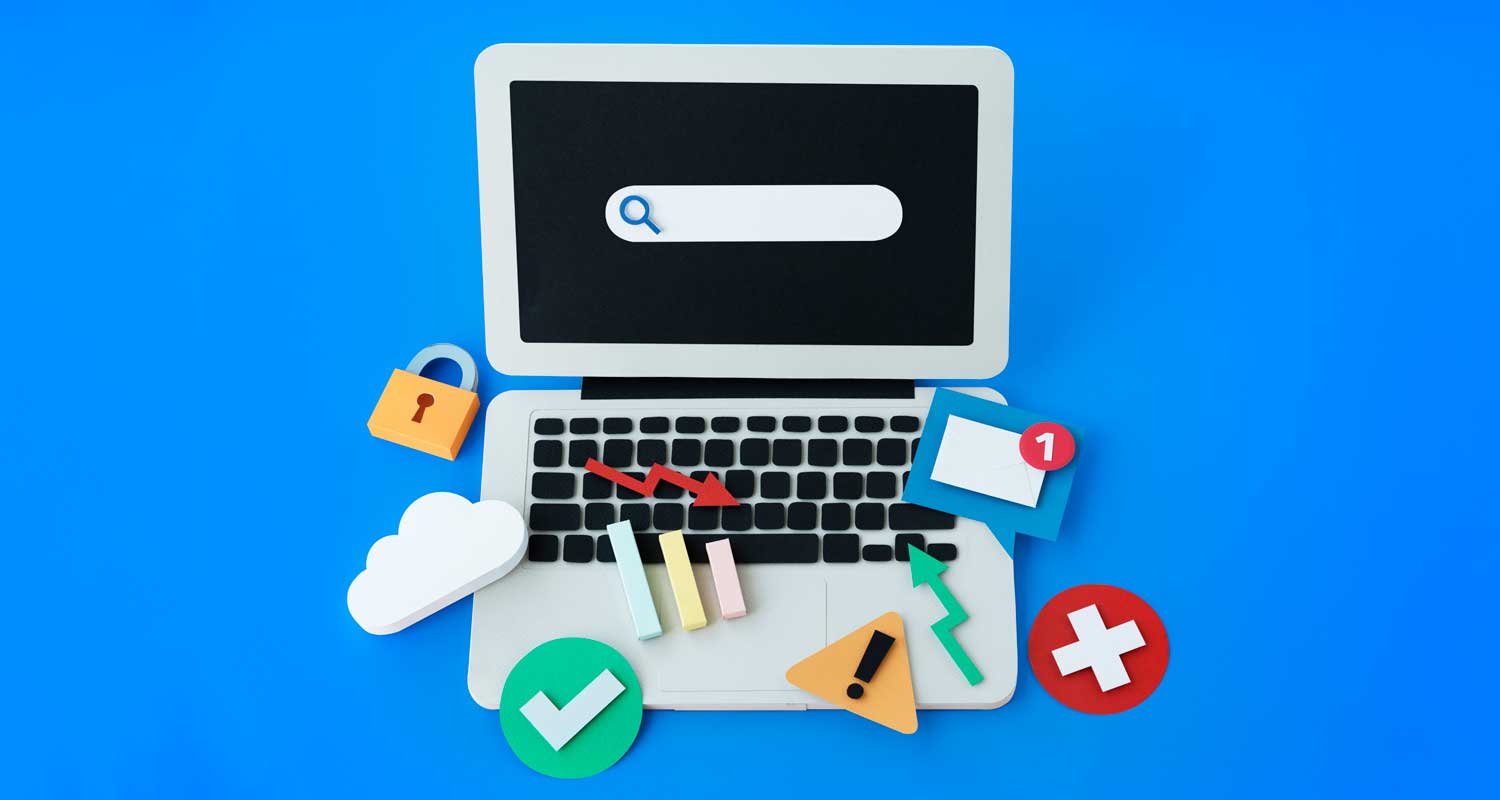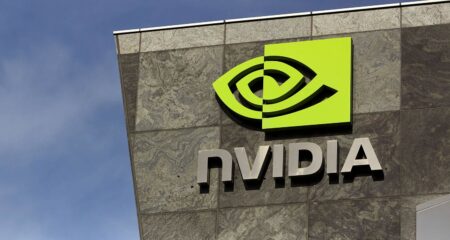 The PC industry could be on the brink of one of its biggest upgrade cycles in years. The confluence of new Windows machines based on ARM (not Intel) architecture and the generative AI wave is poised to drive enterprise customers – and a portion of the consumer market – to upgrade their laptops to the latest hardware.
The PC industry could be on the brink of one of its biggest upgrade cycles in years. The confluence of new Windows machines based on ARM (not Intel) architecture and the generative AI wave is poised to drive enterprise customers – and a portion of the consumer market – to upgrade their laptops to the latest hardware.
This is according to South African industry experts who spoke to TechCentral.
“There is an element of delight regarding AI tools that is driving adoption, but the major driver for upgrades to newer, AI-capable chipsets lies in their security benefits,” Dimitri Tserpes, chief technology officer at Mustek, told TechCentral in an interview.
At present, most AI applications are cloud-based. This presents a security risk for organisations wanting to use generative AI tools with sensitive data that should not be exposed outside the company firewall. The solution? To have the computation done locally, on users’ machines, using special neural processors or NPUs. NPUs handle AI workloads more efficiently than those that only have CPUs (central processing units) and GPUs (graphics processing units).
According to Tserpes, enterprise customers will likely push for organisation-wide upgrades to machines that have NPUs because they want to take advantage of the efficiency gains that generative AI applications give to their employees.
Productivity
A study by the Stanford University’s Human Centred Artificial Intelligence department compared the speed to completion of tasks by employees who used Microsoft’s Copilot against those that did not. It found that Copilot users were 73% faster at tasks centred on information retrieval, 47% faster at search, 44% faster at coding and 71% faster at other common tasks. “AI enables workers to complete tasks more quickly and to improve the quality of their output,” the study concluded.
Tserpes said making the distinction between artificial general intelligence and the current wave of generative AI is important for understanding the strengths and weakness of the latter, which is largely based on machine learning algorithms.
Industries, organisations and departments whose problem sets closely match the strengths of generative AI will be among the first to upgrade to AI PCs, he predicted. “There are verticals that is made for, like customer service,” said Tserpes.
The second factor driving the upgrade cycle is the end of the exclusive licence that Qualcomm has with Microsoft for the production of ARM-based chipsets for Windows PCs. ARM chips are based on a reduced instruction set (Risc) architecture and they are known for their improved efficiency and low energy consumption.

“This translates to all-day battery life for Windows PCs, helping them catch up to Apple which achieved similar efficiency gains when it moved away from Intel and introduced the proprietary Apple Silicon – also based on ARM architecture – to its product line,” Tserpes said.
Microsoft introduced an ARM version of its Windows operating system in 2017. The move signalled a breakaway from chip maker Intel, which held exclusive rights over Microsoft PCs for decades. But it didn’t take off as the chips – and software – weren’t ready.
A range of chip makers plan to produce ARM-based CPUs for Windows systems. A report by Counterpoint Research said that Mediatek and Nvidia have partnered to bring Windows on ARM PCs to the market in 2024. According to Tserpes, this will give original equipment manufacturers (OEMs, or PC manufacturers) the opportunity to source hardware from multiple vendors. This will drive down pricing, leading to ARM chips being available in mid- and low-range PCs as opposed to being exclusive to the higher end of the market, said Tserpes. Consumers are going to have more choice, too.
Compatible apps
“The ARM version of Windows was not very good when Microsoft first released it along with Windows 8; even Office didn’t work on it. But it has come a long way since then – the list of compatible apps is long and growing,” said Tserpes.
Windows 10 users will have noticed an occasional end-of-support notification when they log into their systems. End of support for Windows 10 is scheduled for October 2025. Nishal Mohanlal, product specialist at Dell Client Solutions South Africa said users must note that there are some versions of Windows 10 that Microsoft has already stopped supporting.
Read: Nvidia’s stunning rise to the top of the world
“When I say that Microsoft will stop providing support, I am using that term loosely. There are costs associated with prolonged support, which is a little punitive, but we encourage customers to check with Microsoft to see where they stand in terms of updates, especially regarding security,” Monlahal told journalists at an even in Johannesburg earlier this month.
Tserpes said Windows reaching end of support has historically not been a major driver of PC upgrades, especially in the consumer market. He warned, however, that customers who are insured against cyberattacks should make sure that they are on a supported version of Windows, else their insurance might refuse to pay out in the event of an incident.
 “Enterprise customers have big incentives to upgrade but Joe Public will likely stick with the old. Sometimes the public falls in love instantly, like they did with Windows 10, but Windows 11 did not get as great a reception,” said Tserpes.
“Enterprise customers have big incentives to upgrade but Joe Public will likely stick with the old. Sometimes the public falls in love instantly, like they did with Windows 10, but Windows 11 did not get as great a reception,” said Tserpes.
Although Microsoft has not officially confirmed the development of Windows 12, leaks and rumours speculate that the operating system will be released sometime in the next year. If history is any guide, an announcement could be forthcoming by October this year. – © 2024 NewsCentral Media




